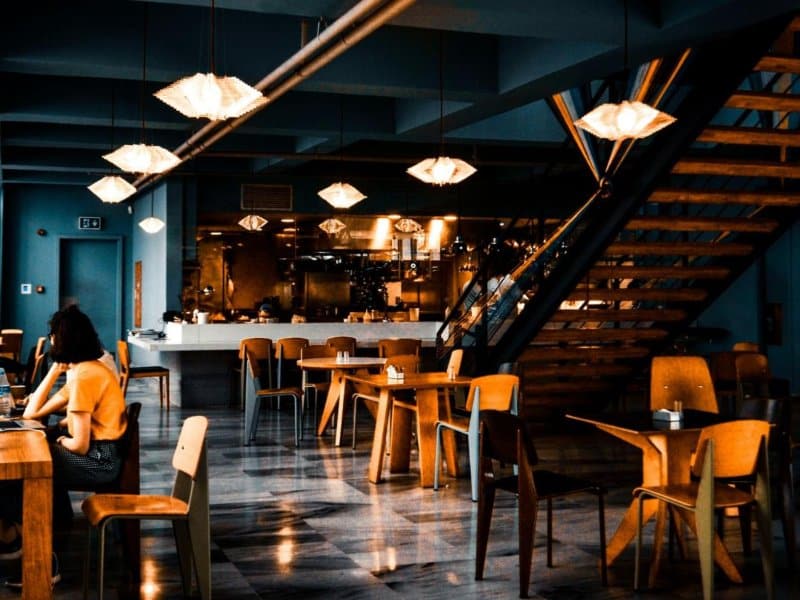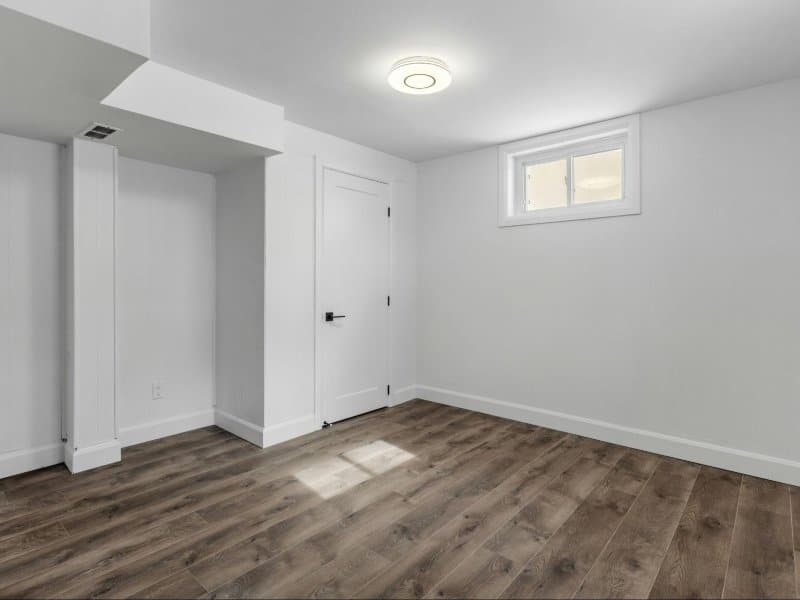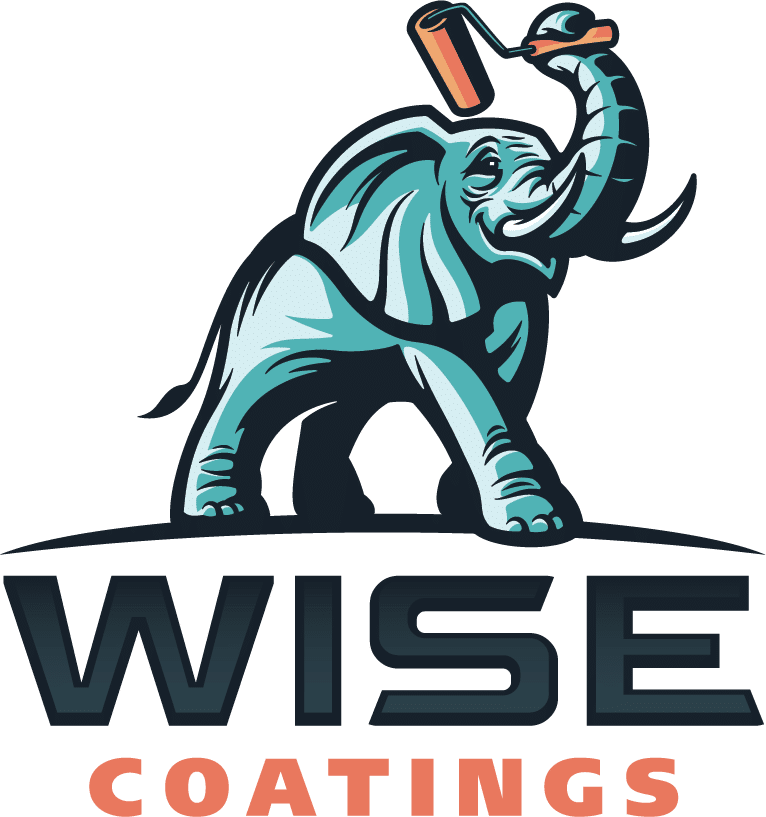The flooring in a restaurant plays a crucial role in creating a safe, clean, and visually appealing environment for both customers and staff. Restaurant floor coatings, such as epoxy or polyurethane, are popular choices due to their durability, resistance to stains and chemicals, and easy maintenance. However, to ensure the longevity and optimal performance of these coatings, proper cleaning and maintenance practices are essential. In this article, we will explore some valuable tips and tricks for maintaining and cleaning restaurant floor coatings.
Regular Sweeping and Dust Mopping
Regular sweeping and dust mopping should be the first step in your floor maintenance routine. This simple yet effective practice helps to remove loose dirt, debris, and food particles from the floor surface. Use a soft-bristle broom or a dust mop to sweep the entire area, paying special attention to high-traffic areas and corners. This prevents abrasive particles from scratching the floor and prolongs the lifespan of the coating.
Prompt Spill Cleanup
Spills are inevitable in a restaurant environment, but it’s crucial to clean them up promptly to prevent staining and potential slip hazards. Wipe up spills as soon as they occur using a clean cloth or absorbent material. Avoid using abrasive cleaners or tools that can damage the coating. For stubborn stains, use a mild detergent solution and gently scrub the affected area with a soft-bristle brush.
Routine Mopping
Regular mopping is essential to maintain the cleanliness and hygiene of your restaurant floor coatings. Use a pH-neutral cleaner specifically formulated for the type of floor coating you have. Avoid harsh chemicals, bleach, or ammonia-based cleaners, as they can degrade the coating over time. Dilute the cleaner according to the manufacturer’s instructions and mop the floor using a clean mop or microfiber pad. Ensure that the mop is thoroughly rinsed and wrung out to prevent excessive moisture on the floor.
Deep Cleaning
In addition to routine mopping, deep cleaning is necessary to remove stubborn stains, grease buildup, and embedded dirt. Schedule deep cleaning sessions at regular intervals, depending on the traffic and usage of your restaurant. Consider using a professional floor cleaning machine with appropriate attachments to scrub the floor thoroughly. This helps to penetrate the surface and remove any grime that may have accumulated over time. Follow the manufacturer’s guidelines and use recommended cleaning solutions for optimal results. However, if you are an inexperienced user, it may be best to hire a professional.
Protect the Coating from Heavy Objects and Furniture
To prevent damage to your restaurant floor coatings, it’s essential to protect them from heavy objects, furniture, and equipment. Place protective pads or coasters under the legs of tables, chairs, and equipment to distribute weight and prevent scratches. Encourage staff to avoid dragging heavy items across the floor and provide proper training on equipment handling to minimize accidental damage.
Regular Inspection and Maintenance
Regular inspection of your restaurant floor coatings allows you to identify any signs of wear, damage, or areas that require maintenance. Look for any cracks, chips, or peeling in the coating and address them promptly to prevent further deterioration. If necessary, consult a professional floor coating contractor for repairs or reapplication of the coating. Regular maintenance, such as recoating or applying a protective sealant, can extend the life of your floor coating and keep it looking fresh and vibrant.
Implementing a Matting System
A matting system at entryways and high-traffic areas can significantly reduce the amount of dirt, moisture, and debris brought into the restaurant. Place durable, slip-resistant mats or rugs at all entrances and instruct staff and customers to wipe their feet before entering. Regularly clean and replace the mats as needed to maintain their effectiveness.
Training Staff on Proper Cleaning Procedures
Proper training of your staff is crucial for the effective maintenance and cleaning of restaurant floor coatings. Educate your employees on the importance of following established cleaning protocols, using the correct cleaning products, and employing safe handling practices. Provide clear instructions on handling spills, performing routine mopping, and addressing specific cleaning challenges. Regularly reinforce these training sessions to ensure compliance and consistency.
In conclusion, maintaining and cleaning restaurant floor coatings is essential for their longevity, performance, and appearance. By implementing these tips and tricks, you can protect your investment and create a safe, clean, and welcoming environment for both staff and customers. Remember to follow the manufacturer’s guidelines, consult professionals when needed, and establish a regular cleaning and maintenance schedule. With proper care, your restaurant floor coatings will continue to shine and serve as a foundation for success in the food service industry.









